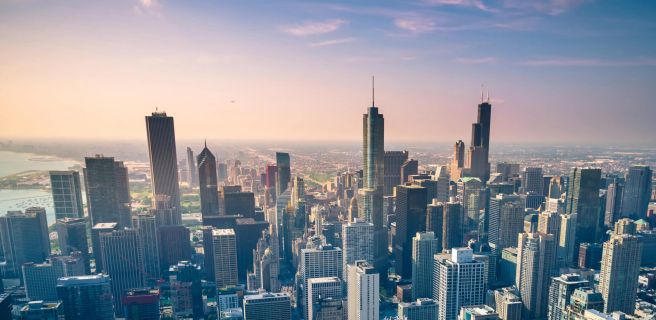20,000 H-2B Visas Added to Help Blue Crab Processors

The U.S. Department of Homeland Security, as well as the Department of labor, have announced an increase in the number of H-2B visas that will be available for the first half of the fiscal year. This is quite notable because it marks the first time that the allotment of these visas has been expanded for the initial half of the fiscal year. This increase of 20,000 H-2B visas comes in response to calls for assistance to alleviate the shortage of seasonal workers to process Chesapeake Bay blue crabs.
Now the industry will have access to up to 20,000 more H-2B visas which permit non-immigrant temporary workers for non-agricultural settings, including the processing of seafood. These extra visas will be available for employers until the end of March 2022
In order to qualify for these H-2B visas, employers must have received certification from the DOL confirming that there are no U.S. workers who are willing and capable of filling the role. The employer also must demonstrate that the wages they will pay will not have an adverse effect on conditions and wages for similarly situated employees.
These new H-2B visas will be separated into two groups for distribution. One batch of 13,500 visas will be distributed to individuals who have received a visa or who have held H-2B status in the last three fiscal years. The other batch of 6,500 visas will be held for laborers originating from Haiti, Guatemala, Honduras, or El Salvador. People originating from these countries are exempt from the rules for returning workers.
According to the Secretary of the U.S. Department of Homeland Security, the move was performed in response to the needs of our economy. This comes only two weeks after a U.S. Representative from Maryland called for an increase in the annual allotment of visas in response to fears that the district would be unable to hire the number of workers needed to process blue crabs.
This is not the first time that the district’s representative has called on the government to increase the annual allotment of H-2B visas, and demand is typically quite high. A number of industries, such as hotels, are highly dependent on the program to meet their work needs during busy seasons. As a result, several lawmakers over the years have called for a greater number of visas, and prior administrations have sometimes responded with one-time adjustments, albeit not the annual adjustments that many have called for.
Prior to this recent announcement, the number of H-2B visas was set to 66,000, divided evenly between the earlier and later half of the fiscal year, which began on October 1st, 2021.
Learn more about automating your employment eligibility verification and ensuring compliance with I-9 Compliance.